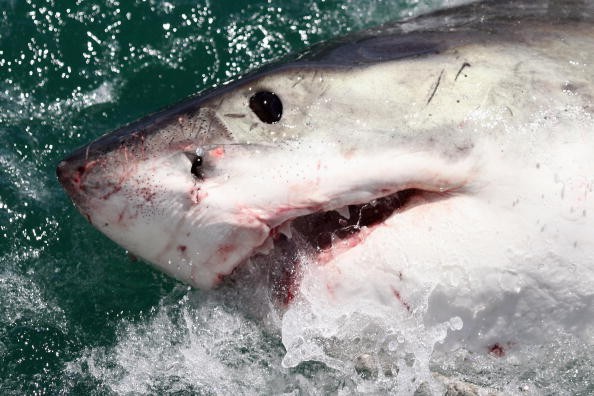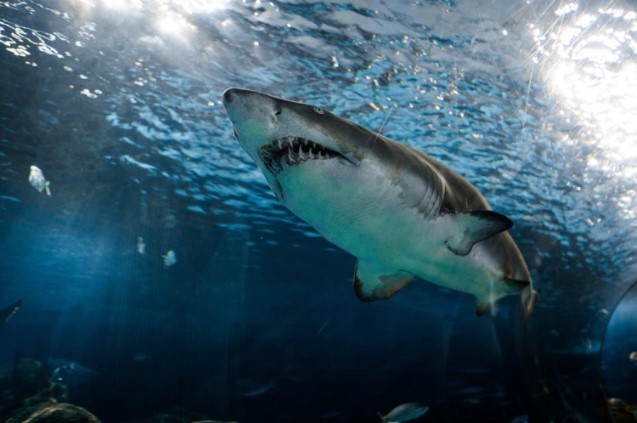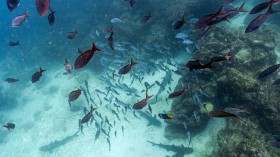According to a recent long-term study of the species, the population of white sharks that call the Central California coast home is stable at around 300 animals and is showing signs of development.

Hundreds of individual adult and subadult white sharks, which are not fully mature but old enough to feed on marine mammals, were identified by researchers between 2011 and 2018. They used this knowledge to calculate shark population estimates.
"The discovery, which was made after eight years of photographing and naming individual sharks in the population, is a valuable indication of the general health of the aquatic ecosystem in which the sharks breed," said Taylor Chapple, a co-author of the report and a researcher at Oregon State University's Hatfield Marine Science Center.
White Sharks in California

White sharks, also known as "great" white sharks, are apex predators that prey on huge marine mammals such as elephant seals, harbor seals, and sea lions. According to Chapple, an assistant professor in OSU's College of Agricultural Sciences' Department of Fisheries, Wildlife, and Conservation Sciences, they play a significant role in the health of the aquatic ecosystem as apex predators.
The findings were recently published in Biological Conservation. Paul Kanive of Montana State University is the study's lead author. Jay Rotella of Montana State University, Scot Anderson of the Monterey Bay Aquarium, Timothy White and Barbara Block of Stanford University, and Salvador Jorgensen of UC Santa Cruz and the Monterey Bay Aquarium are all co-authors.
White sharks can be seen in any ocean on the planet. They can reach a length of 20 feet, weigh over 2,000 pounds, and live for up to 70 years. They are classified as an endangered species because of threats such as fishing, where they can get entangled in commercial fishing gear, and smuggling, where their fins and teeth are sought for trade.
The largest gathering of white sharks in the California Current, the strip of water off the West Coast of North America, is off the coast of Central California, stretching from Bodega Bay north of San Francisco to Monterey Bay.
Related Article: Shark Infestation in British Beaches Caused by Calmer Waters Due to Covid Protocols
Populations Around the World
Researchers also discovered that this population of white sharks spends approximately half of the year in coastal waters of the northeast Pacific, about halfway between Hawaii and Baja, Mexico, and the other half of the year along the Pacific Coast, thanks to more than 20 years of exploration. They may migrate as far north as Washington and as far south as Mexico. Still, they prefer to congregate off the coast of central California and on Guadalupe Island in Mexico.
Shark Research

Understanding the health of the species and making recommendations on population control and protections include monitoring animal habitats and identifying trends. Along with Jorgensen and Block, Chapple released the first estimation of California shark population size in 2011. The new research looks at the population's size and growth rates over a longer period of time.
Overall, the researchers discovered that there are about 300 white sharks in the world, and data indicate that the adult population increased slightly over time, while the subadult population remained stable. The results applied to both male and female sharks, but an estimation of the adult female population in this area revealed only about 60 sharks.
Protection
The Marine Mammal Protection Act, which covers many of the prey species vital to the survival of white sharks, and limits on the use of gillnets in the California coastal area are possible factors aiding the white shark population, according to Chapple. However, if white sharks leave US oceans, they are still at risk.
Also Read: Rising Number of Shark Attacks in Australia Reveals A Darker Story
Fore more news from the animal kingdom, don't forget to follow Nature World News!
© 2024 NatureWorldNews.com All rights reserved. Do not reproduce without permission.





